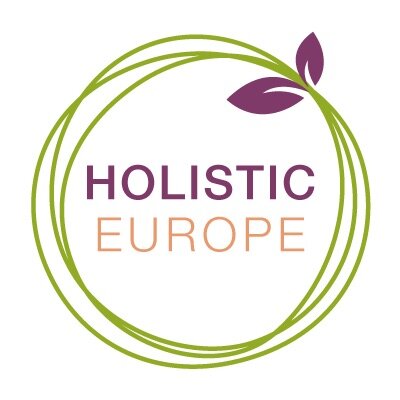
Open Library for Open Minds
Zero Cost Zone
Get insider knowledge on interview success from those who make the hiring decisions - delivered through an engaging audio course with accompanying slides:
In this free 50 min. course, you will find out:
1.How to find out what jobs would be great for you;
How research jobs and companies,
How to prepare your application;
What you need to know about various interviewing techniques;
How to act during a job interview;
What to do after a job interview;
How to succeed in your new role.
Why wait? Your next interview could be just around the corner. Through our Thinkific course, you'll master strategies that give you a real edge over candidates who show up with just a CV in hand. Grab your free templates and start preparing today. We'd love to celebrate with you when you secure that perfect position.
The Wright Stuff
Whole Life Leadership: Mind, Body, Spirit & Success
Articles covering everything from meditation and nutrition to management techniques and career advancement.
A Short Note to Say Happy “Belated” New Year
The spring equinox, when the day and the night are equal in length, has been celebrated by many cultures throughout the history of humankind.
One and One Immunity
The immune system is a miracle of creation. It is the most efficient mechanism that protects us from harm. It is so complex that the scientists still do not fully understand it. What we call the immune system is a tireless network of organs, proteins, white blood cells and other cells and tissues. Our innate immune system is there for us from the moment we are born. The adaptive immune system is ever-developing when our bodies are exposed to viruses, bacteria, toxins etc.
Indigo
Indigo has been with us for thousands of years but it was Sir Isaac Newton in the 17th century who used the term ‘indigo’ to describe a colour when he demonstrated that the white light was composed of 7 visible colours, indigo being one of them. Until then, the word ‘indigo’ was used for the dye, desired by many. The dye was made from a plant called Indigofera Tinctoria, which had been cultivated predominantly in Asia and parts of Africa; some sources mention Peru as well.





